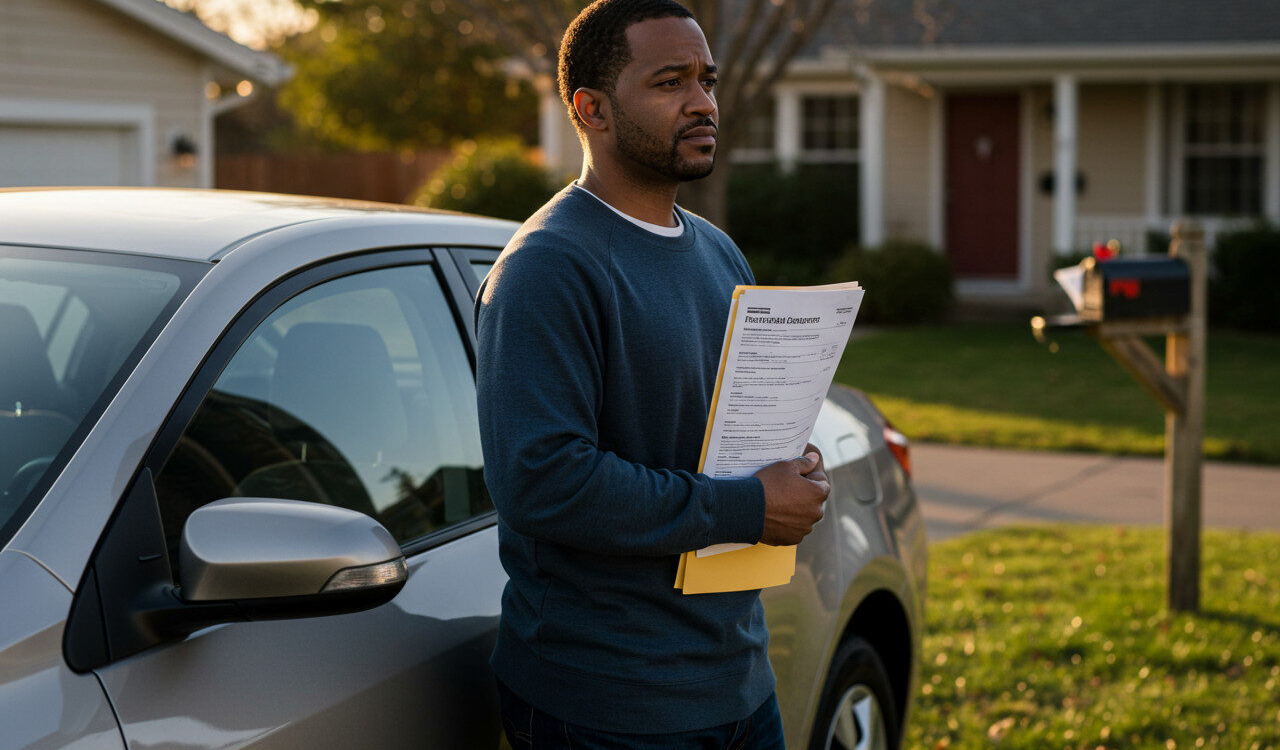Can a Car Be Kept After Filing for Bankruptcy
It is not always required to surrender a vehicle during bankruptcy. Whether a car can be kept depends on the individual’s financial situation and the exemption laws in their state or province. Decisions often involve choosing between Chapter 7 and Chapter 13 bankruptcy, each affecting vehicle ownership differently. Exemption laws protect a portion of a car’s value from creditors, and the likelihood of keeping a vehicle increases if loan payments are maintained. Licensed insolvency trustees can provide guidance on options and likely outcomes.
How Bankruptcy Affects Car Ownership in the U.S.
Bankruptcy relieves debt while treating creditors fairly. Assets such as vehicles are assessed to determine if they can be retained for daily transportation. A bankruptcy trustee evaluates the car’s value under local exemption laws. Ownership type outright, financed, or leased affects how the car is handled. Equity, remaining loan balances, and state limits are all considered when determining if the vehicle can be kept.
Types of Bankruptcy That Affect Vehicle Status
- Chapter 7: Nonexempt assets may be sold to repay unsecured debts. Cars within state exemption limits can usually be kept. If value exceeds limits, the difference may be owed to the trustee.
- Chapter 13: A repayment plan is created to include car loans. Financed cars may be kept even if they exceed exemption limits but are essential for transportation.
Choosing between Chapter 7 and Chapter 13 depends on debt and income levels. Professional advice helps determine which option allows the vehicle to be retained.
What Happens to Assets During Bankruptcy
Assets are reviewed and categorized. Some may be sold to pay creditors. Vehicles with fair market value below exemption limits are typically retained. Cars exceeding limits may be kept by paying the excess value. Essential items protected by exemption laws allow daily life to continue with minimal disruption.
Factors That Determine If a Car Can Be Kept
- Car Value: Vehicles under state exemption limits are generally protected.
- Ownership Type: Financed or leased cars must stay current on payments to avoid repossession.
- Equity: Calculated by subtracting loans from the vehicle’s market value; low equity increases exemption eligibility.
Car Ownership Models and Bankruptcy
- Fully Owned Cars: Reviewed by the trustee; may need payment if exceeding exemption limits.
- Financed Cars: Considered secured debts; staying current on payments reduces repossession risk.
- Leased Cars: Treated as rentals; payments must remain current to continue the lease.
Vehicle Equity and Exemption Limits
Exemption limits protect part of a car’s value from creditors. Equity is determined by subtracting outstanding loans from fair market value. Examples of exemption limits:
| Province | Motor Vehicle Exemption Limit |
|---|---|
| Ontario | $6,600 |
| Alberta | $5,000 |
| Manitoba | $3,000 |
| Saskatchewan | $10,000 |
| Quebec | No limit (if for work use) |
Consult a licensed insolvency trustee to understand local rules and exemptions.
How to Keep a Car When Filing for Bankruptcy
- Maintain loan payments for financed or leased vehicles.
- Use exemption laws to protect part of the vehicle’s value.
- Negotiate a payment plan with the trustee if the car exceeds exemption limits.
Documents and Information That May Be Required
Prepare car loan statements, vehicle appraisals, exemption rules, and a complete list of vehicle debts and values for the trustee. Having these documents ready streamlines the process.
Steps to Protect a Car in Bankruptcy
Step 1: Review Loan Status and Vehicle Value
Confirm loan payments are current. An independent appraisal determines fair market value to compare with exemption limits.
Step 2: Check State or Provincial Exemption Laws
Understand exemption limits:
- Alberta: $5,000
- Saskatchewan: $10,000
- Quebec: No limits for work-use vehicles
This information helps plan retention strategies effectively.
Final Thoughts
Keeping a car during bankruptcy is often possible when proper steps are followed. Knowledge of bankruptcy types, exemption laws, and ownership status are critical. Staying current on payments and consulting a licensed trustee improves the likelihood of retaining the vehicle while navigating the process efficiently.
Frequently Asked Questions
Does filing for bankruptcy stop car repossession?
Yes, an automatic stay typically halts repossession temporarily. Payments must be maintained to prevent lenders from reclaiming the vehicle.
Can a car be kept if payments are behind?
Falling behind on payments complicates retention. Chapter 13 may provide time to catch up, and discussions with trustees or lenders are recommended.
What happens if the car is worth more than the exemption limit?
Excess value above exemption limits may need to be paid to the trustee. Arrangements for installments are often possible.
Which bankruptcy option is better for keeping a car?
Chapter 13 is generally preferred as it allows car loans to be included in the repayment plan. Chapter 7 may still allow retention if exemption limits are not exceeded.
Do leased cars get affected differently than owned cars?
Leased vehicles are treated as rentals; continuation depends on staying current with lease payments.
How is vehicle equity calculated?
Equity equals fair market value minus outstanding loans. Low equity increases exemption protection.
Why consult a licensed insolvency trustee?
Trustees provide guidance on exemption laws, repayment options, and strategies to retain vehicles during bankruptcy.
Updated by Albert Fang
Source Citation References:
+ Inspo
There are no additional citations or references to note for this article at this time.

